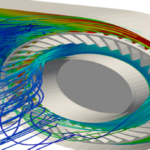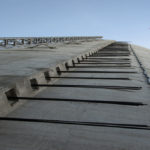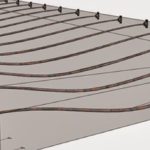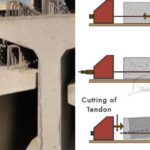Blog
Hollow Beamless Flooring Systems

Flooring and Flooring Types
Floors are building elements that transfer the vertical loads acting on them to beams, columns or curtains. In addition to the floorings carrying vertical loads, they also have the task of transferring horizontal loads such as earthquake effects from one vertical element (column, curtain) to another.
Reinforced concrete floors; beamed slab floors are classified as ribbed (ribbed) floors, cassette floors and non-beam slab floors. The seismicity of the area where the building is located, the amount of opening to be passed, the amount of load that will affect the floor, the sensitivity of the goods and devices to be carried by the flooring, the cost of the flooring, etc. One of the above-mentioned flooring types is chosen according to the factors.
Beams and cassette flooring systems are used in commercial and industrial buildings where large openings need to be crossed, however, due to these flooring systems used, the beam depth and the weight of the structure increase and the net floor height decreases. The increase in the weight of the structure increases the earthquake force coming to the building.
VtE = mt SaR (TBDY 2018 4.7.1)
VtE = Equivalent earthquake load acting on the whole building (base shear force)
mt = total building mass
SaR = Reduced Design Spectral Acceleration calculated for the building dominant period
Along with the increasing earthquake forces, the cross-sectional dimensions of the building carrier elements and the construction cost increase in direct proportion.
Beamless Flooring Systems
Since undesirable conditions may occur in architectural design in the decrease of the net floor height and application of the beam, beamless flooring systems are applied. Stapling problem is encountered in column areas in non-beam flooring systems. The breaks that occur in the structure as a result of stapling are extremely sudden and brittle and can cause the entire structure to collapse in a few seconds. To solve the punching problem in non-beam slabs, making headers to columns, using punching equipment, etc. solutions are used. However, architecturally, the column head is a problem on flat surfaces. For punching equipment application; When calculating the required punching reinforcement in slabs with a thickness of more than 250 mm at TS500 -2000, it is required to apply the reinforcement calculation stress by multiplying by 0.5. This shows that only 50% of the punching equipment is effective.
An Innovative Solution: Hollow Slab Without Beams…
These unwanted situations in beamless floors have led solution-oriented brains to find optimum solutions. First, in 1999, a hollow beamless flooring system was developed in the Milinium Tower building in Rotterdam, the Netherlands. Turkey’s first application until today, including the US, Germany, Austria, the Netherlands, Iran, Singapore, Malaysia and hollow floor systems applied in projects in many countries and continues to be implemented.

Features and Application of Hollow Flooring Systems
The weight is reduced by 35% compared to the similar sized non-beam flooring system with the plastic materials placed in the flooring.
With the weakening of the structure, the building will be exposed to smaller earthquake forces, and the dimensions of the carrier elements designed for smaller earthquake forces will decrease in the same proportion. Reducing the size of the section will reduce the total cost, just like the links of a chain. In addition, the reduction in the weight of the building reduces the axial forces to the columns and eliminates the problem of stapling, which is a problem in beamless flooring systems.
In hollow flooring applications, the punching area is designed as reinforced concrete without leaving any space.
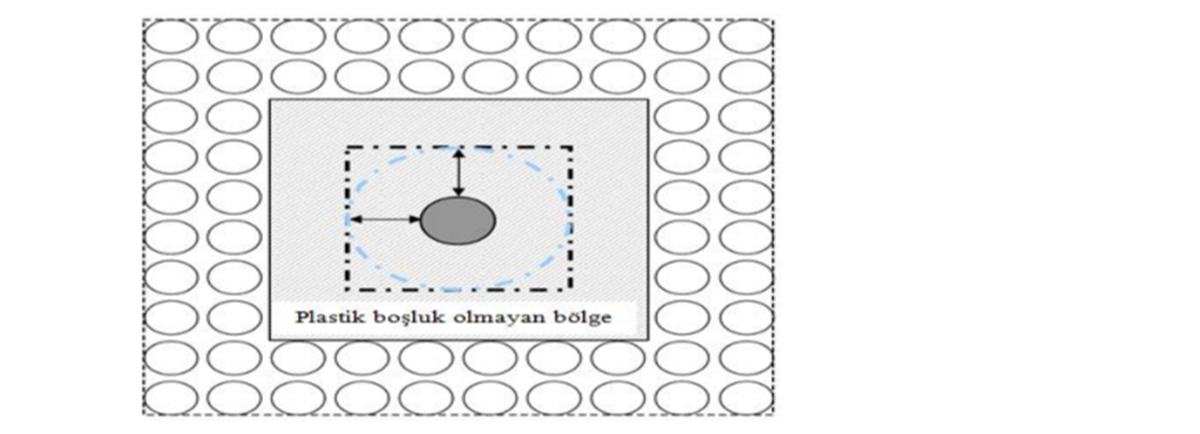

The plastic materials used between the upper and lower reinforcement in the hollow beamless flooring systems remain under the pressure block, since the tensile strength of the concrete does not have any effect on the bending calculation, it shows a similar behavior to the beamless flooring in the bending effect.


Although the bending behavior of the hollow beamless floors is similar to the beamless flooring (cork flooring), it has been stated in the studies that the shear capacity and rigidity are less than the cork flooring.
Evaluation
With the application of hollow beamless flooring systems;
The structure is 35% lighter than a similar thickness without beam; The earthquake loads that the building will encounter are decreasing, in this case, the cost is significantly reduced with the reduced cross section dimensions. In addition to these, the stapling problem to be experienced in a beamless floor is also eliminated.
The large openings to be passed can be easily passed, and the flat surfaces and special issues desired in the architectural structure can be provided.
Care should be taken to make appropriate designs according to the fact that the cutting capacity and rigidity are less than the cork flooring.
Latest Blog
-
Silo Static Project
29 July 2024 -
Methods Used In Earthquake Performance Analysis
4 July 2024 -
Reinforced Concrete Calculation Static Report
31 January 2024 -
Steel Calculation Static Report
31 January 2024 -
What Is CFD Analysis?
22 December 2023 -
What Are The Benefits Of CFD Analysis?
22 December 2023 -
Silo Reinforcement with Post-Tensioning Method
26 September 2023 -
Post Tensioning Method in Cantilever Slabs
4 September 2023 -
Post-Tensioning Application In Reinforced Concrete Silos
22 August 2023 -
Components Of Post Tensining
16 August 2023 -
What Are Pre-Stressing And Post-Tensioning?
11 August 2023 -
What is Prestressing?
8 August 2023 -
History Of Post Tensioning
8 July 2023







